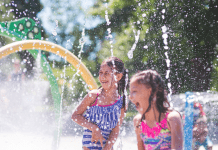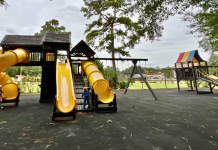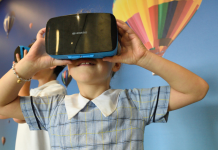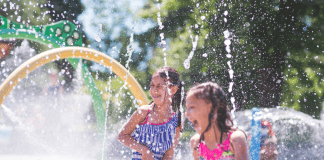Autism can be referred to as a puzzle piece. The puzzle piece represents the medical mystery and complexity of autism spectrum disorder (ASD).
Whether your child has autism, or your child is in the classroom with a child that has autism, it is a subject that we must all familiarize ourselves as well as our children.
As an educator, I see the prevalence of autism in schools on the rise. In fact, according to the Centers for Disease Control and Prevention (CDC) new data has been released that shows 1 in 68 children identified (1 in 42 boys and 1 in 189 girls) as having an autism spectrum disorder (ASD). A child diagnosed with autism typically has difficulty with communication and social skills.
April is the National Autism Awareness month. To bring awareness to autism in elementary schools, I have a few suggestions for talking to your child about students with autism.
- Each child is unique and special: Teaching your child that each and every child has a set of strengths and differences that make each child unique. Finding specific words to describe differences such as unique, special, one-of-a-kind, and different from you are all great ways to describe differences between children.
- It is up to you to make each child feel accepted: Talking to your child about how to reach out and help other children. For example, “you can help others when you see them get frustrated….by asking the teacher to help.”
- How to feel safe when others are not safe: Teaching your child how to react when other children are not safe is important. One way I teach this concept is to tell an adult immediately if you see a friend that is making unsafe decisions such as hitting, kicking, or throwing. Another important step is to tell and get away from the unsafe behavior. Stepping away from potential danger is a life skill in and outside of the classroom.
Above all it’s important to realize that all children will be affected through autism and it’s important to talk about student’s strengths and struggles. This is a diversity life skill that all children will benefit from, especially in the area of autism.
Additional resources:
https://www.autismspeaks.org/audience/school-age-children













